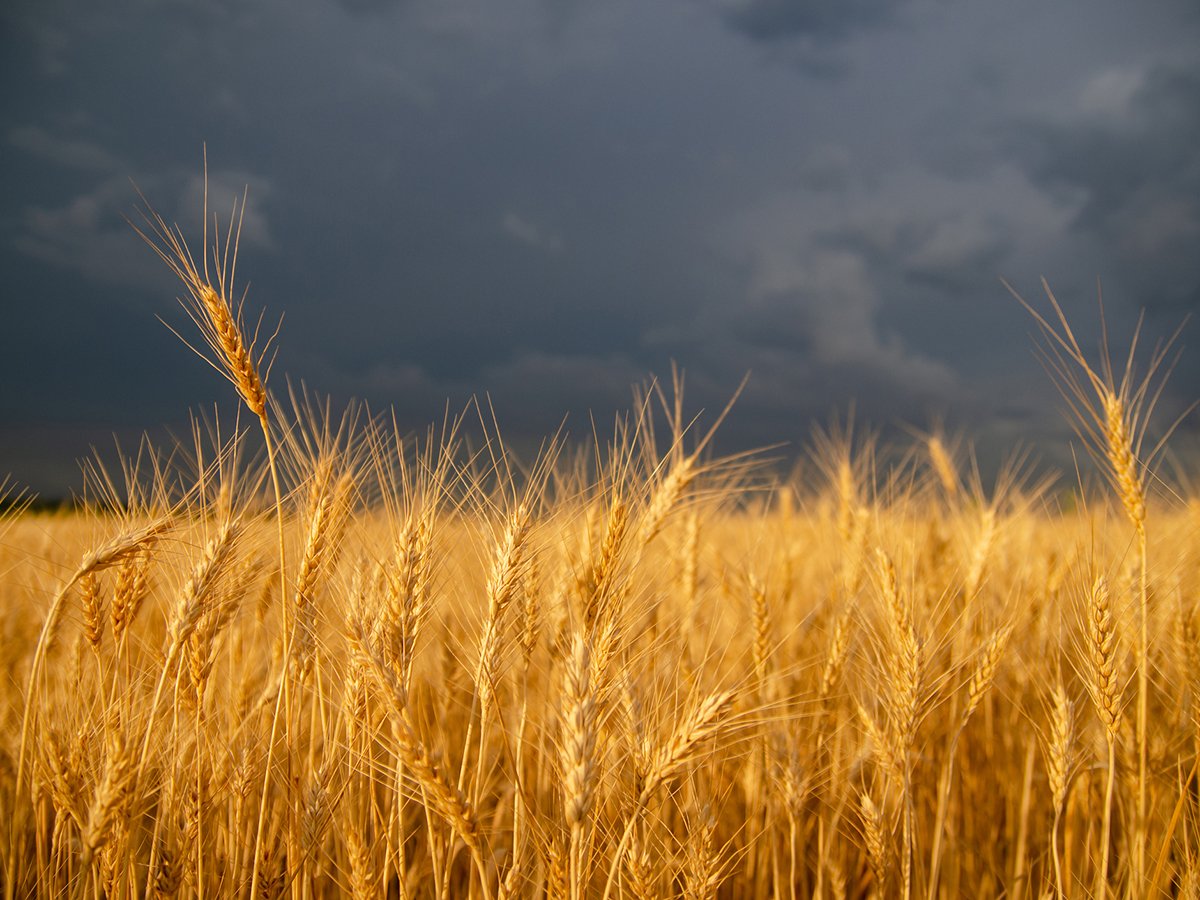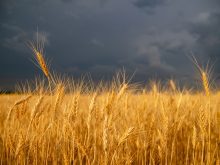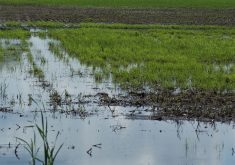Fallow disappears
We just came back from a car trip across two-thirds of Saskatchewan and completely across Manitoba and we didn’t see much summerfallow at all. Occasionally we’d see a brown field of dead weeds (chemical summerfallow), but black summerfallow was rare.
Strong grain prices combined with the gradual switch to ground-cover farming has resulted this year in wall-to-wall crops. One thing that surprised me was the high ratio of oilseed crops, splashes of yellow canola and blue flax.
The minuscule amount of summerfallow means farmers are going contrary to the advice of Angus MacKay, director of the Indian Head experimental farm in the last century. MacKay had found that if you let fields lie fallow for a season they produce better the following year.
Read Also

Late season rainfall creates concern about Prairie crop quality
Praying for rain is being replaced with the hope that rain can stop for harvest. Rainfall in July and early August has been much greater than normal.
Earl Johnson of Regina, who has done extensive research about MacKay, told me recently MacKay was inclined to be irascible, particularly with Ottawa bureaucrats. (When his department head sent him a flag to fly, MacKay wrote back and asked if this bit of cloth was to be used as a handkerchief or a doily. It certainly was not adequate to fly from the flag pole of a great institution like Indian Head Experimental Farm.)
MacKay died in 1931, just about the time farmers were finding out that summerfallowing is not the best of ideas in a drought. Substantial quantities of Indian Head soil are now being farmed in Manitoba, having been transported there by the wind. Now scientists want ground cover to keep the soil at home and MacKay can turn over in his grave and send spirit messages off to Ottawa if he likes.
















